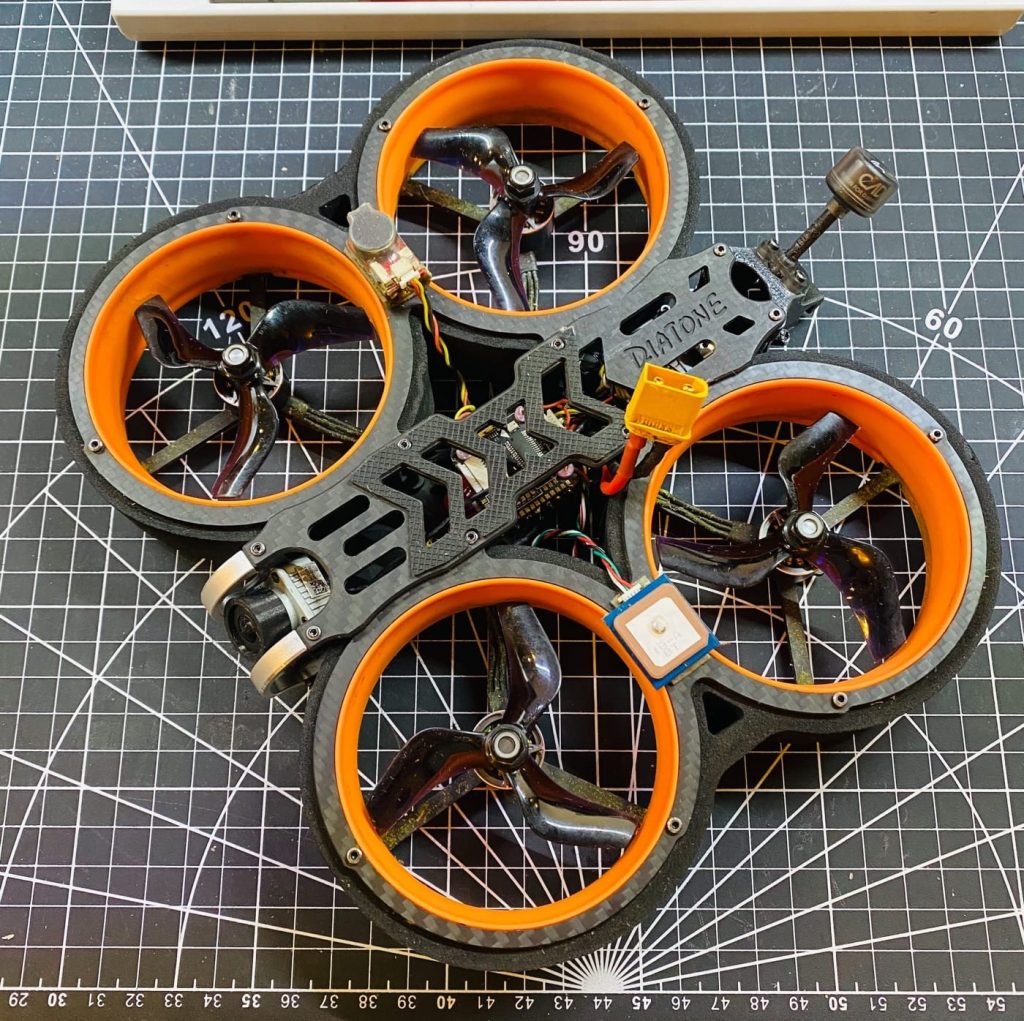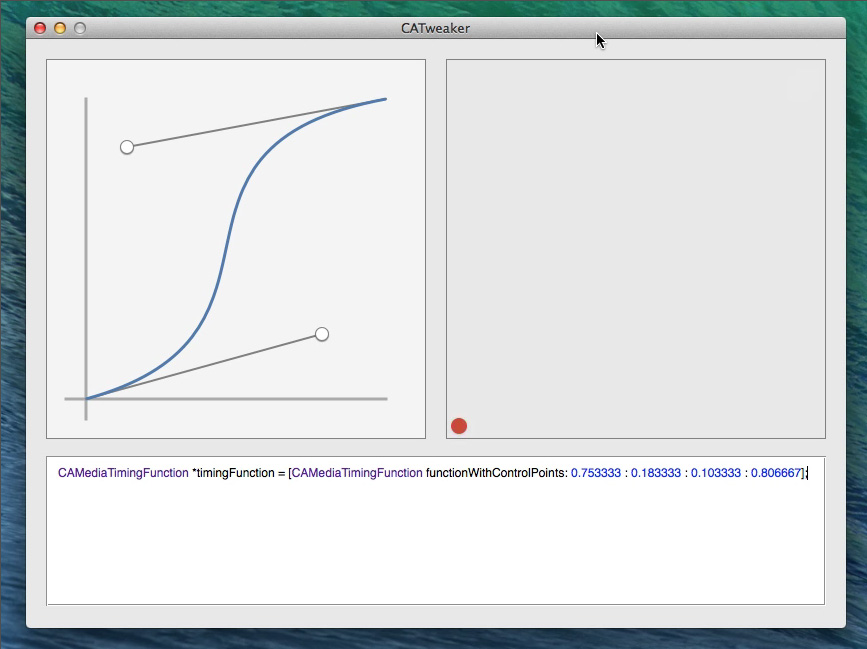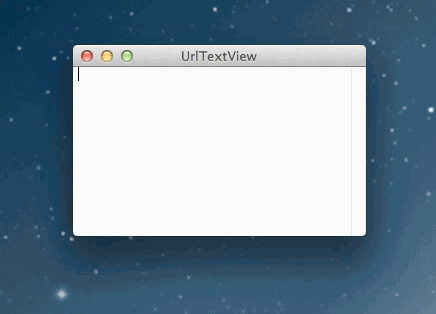Introduction
Design patterns in SwiftUI, like in any programming framework, help organize code and promote maintainability, scalability, and readability. SwiftUI is a modern declarative framework, and it encourages the use of design patterns that fit its paradigm. Here are 7 common design patterns in SwiftUI:
- MVVM (Model-View-ViewModel): This is a widely used pattern in SwiftUI. It separates your code into three components:
- Model: Represents your data and business logic.
- View: Represents the UI and its structure.
- ViewModel: Acts as a bridge between the Model and View, preparing data for the View and handling user interactions.
- Observable Object: SwiftUI provides the
ObservableObjectprotocol to make data observable. It’s often used in conjunction with the@Publishedproperty wrapper. An observed object can notify views when its data changes. - EnvironmentObject: This is a way to share data throughout your SwiftUI app. It’s especially useful for global settings or user data that many views need access to.
- Dependency Injection: SwiftUI makes it easy to pass data down the view hierarchy. You can inject dependencies directly into views or view models to make your code more modular and testable.
- Combine Framework: Combine is a powerful framework for handling asynchronous and event-driven code. It works well with SwiftUI and can be used to create reactive data flows.
- Coordinator: In more complex SwiftUI apps, you might use the Coordinator pattern to manage navigation and other complex UI components. This is often used with UIKit integrations.
- ViewModifiers: SwiftUI allows you to create reusable view modifiers to encapsulate and share view styling and behavior.






